(ECNS) -- With a history of over 200 years, Peking Opera, or Beijing Opera, is a spectacular Chinese art performed at richly ornamented buildings.
Combining wonderful singing and acting with elaborate costumes and makeup, it is regarded as asymbol of the cultural identity of China.
During the reign of the Qianlong Emperor (1736-1796), the "Four Great Anhui Troupes" (Sanqing, Sixi, Hechun, Chuntai) brought Eastern China's Anhui opera to Beijing.
They were joined by Hubei troupes from Central China. This combination of operas of the southern and northern genres (Kunqu Opera and Beijing Dialect Opera) gradually formed the most influential Peking Opera.
Peking Opera features four main types of performers. The main male and female roles are called Sheng and Dan respectively.
Jing is a male role with a heavily painted face whereas Chou, or clown, has a patch of white chalk around the nose.
Each type of performer follows the established formats of singing, reciting, acting and martial arts.
Traditional Peking Opera always tells a historical story.
The repertoire of Peking Opera includes both traditional long plays and the condensed and excerpted versions called zhezixi (Opera highlights).
The plays tell stories about history as well as social and family life, reflecting China's traditional cultural values, expressing the aesthetic ideals of the Chinese nation and pursuit of truth, goodness and beauty of Chinese people. Peking Opera has become a precious intangible cultural heritage.








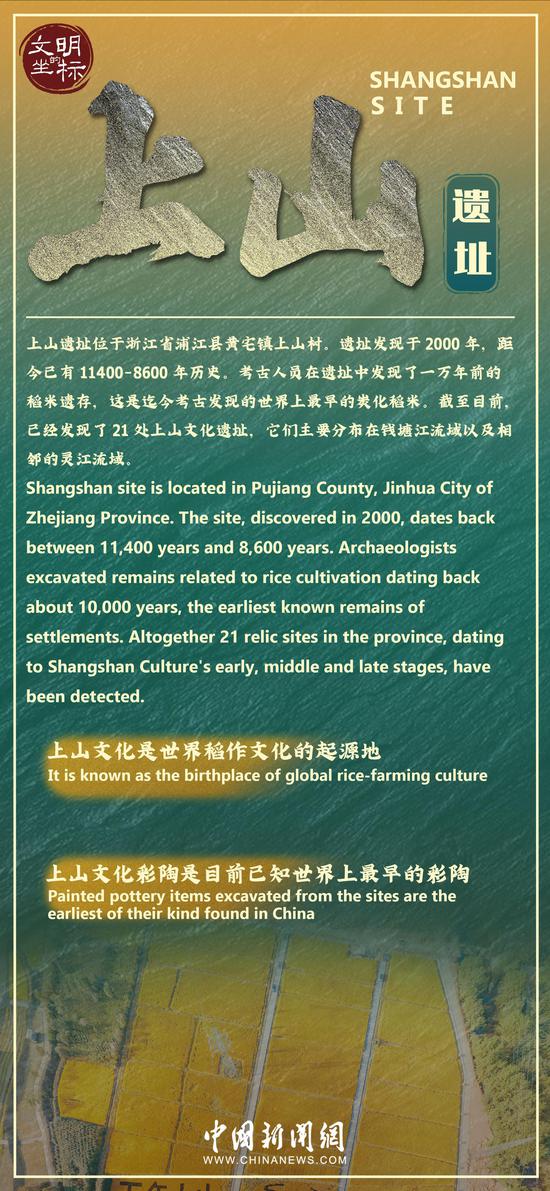
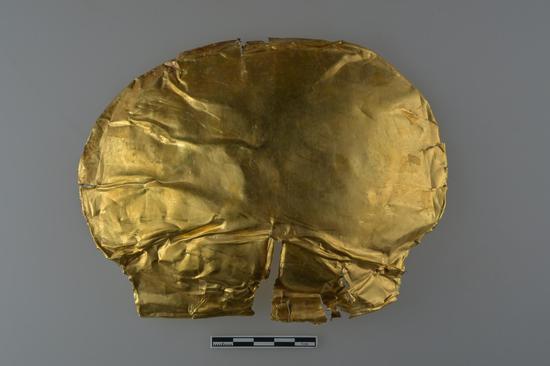

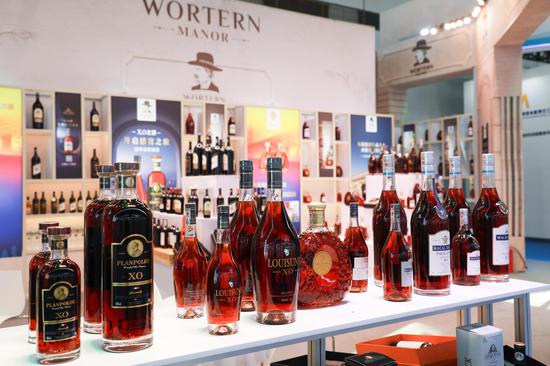
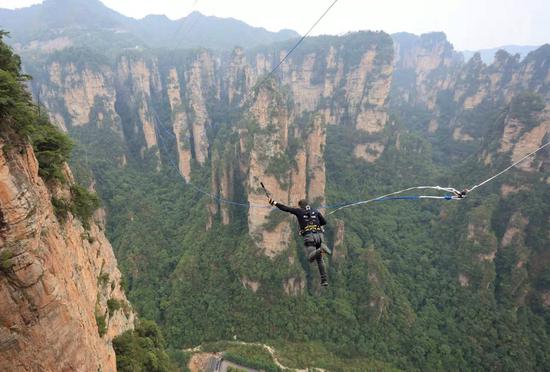

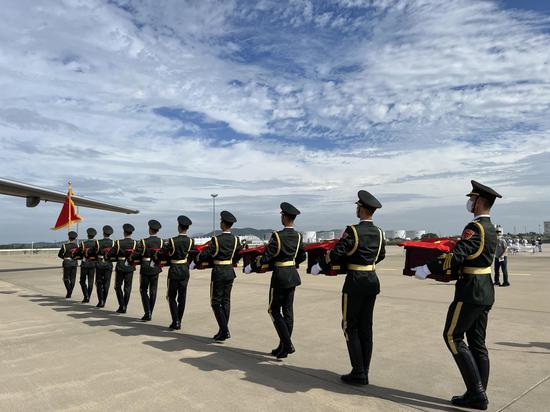
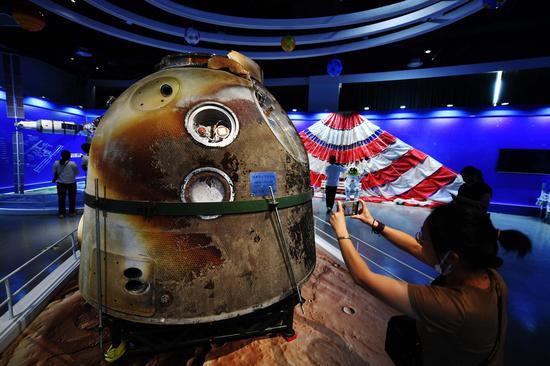
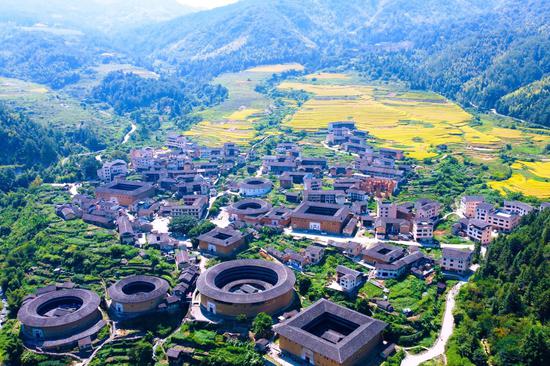

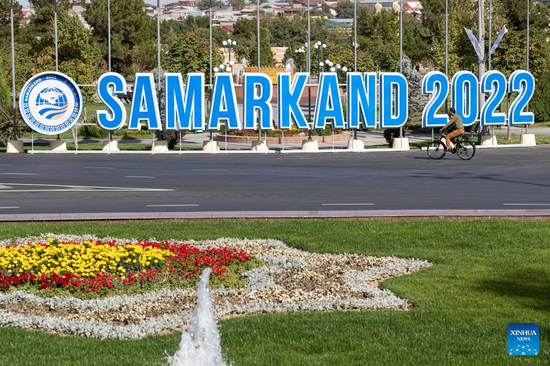
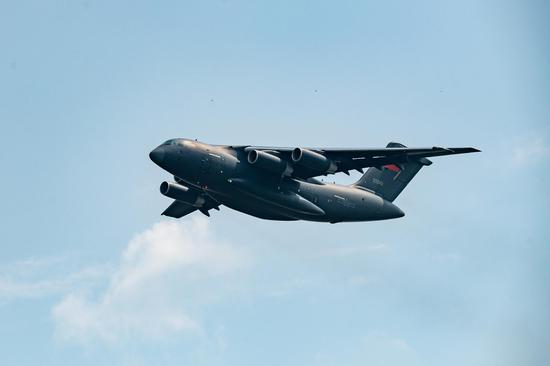

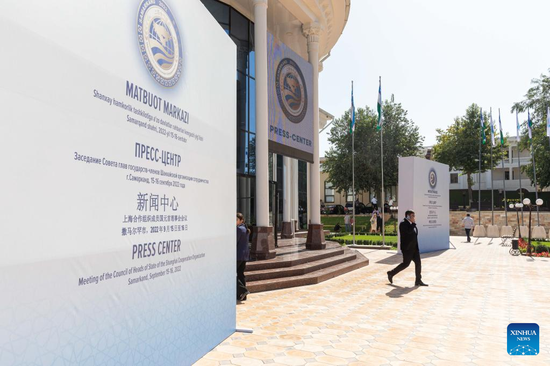

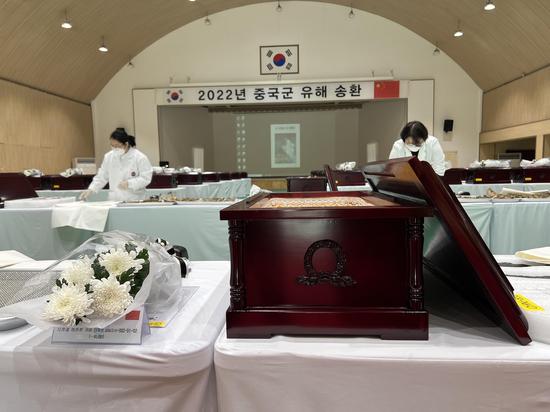
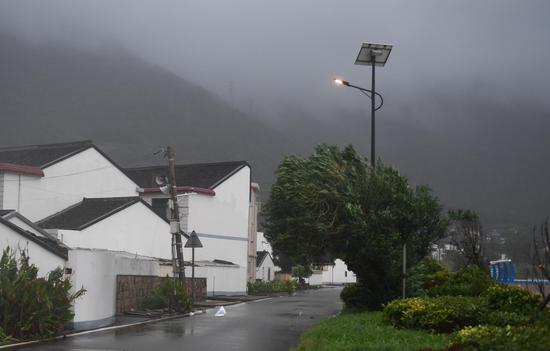
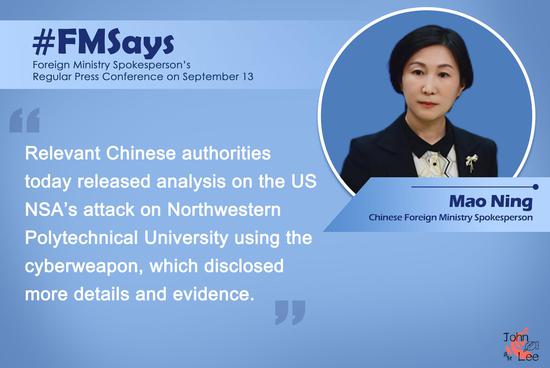

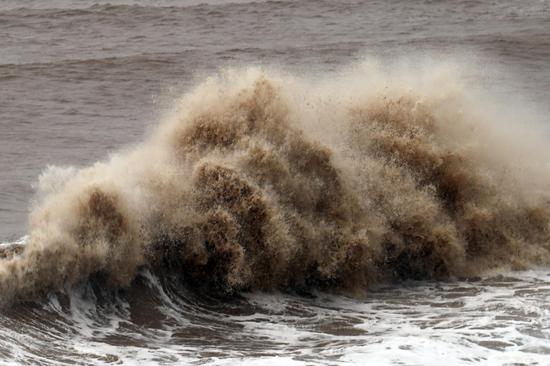

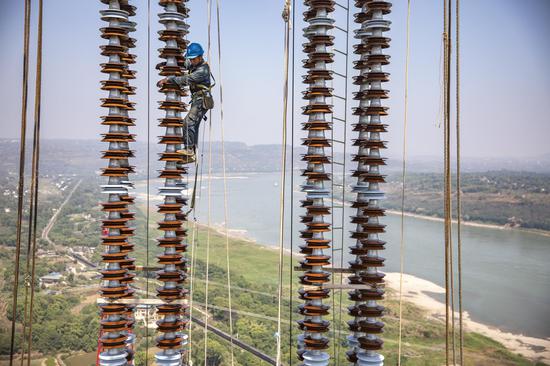
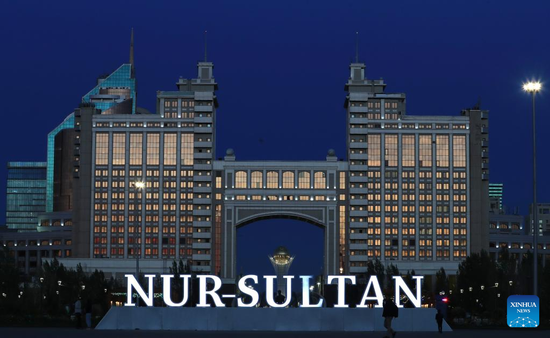
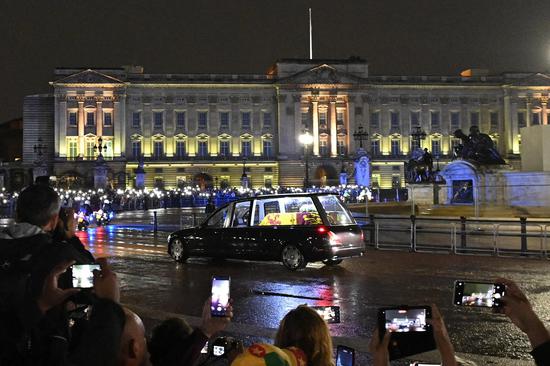
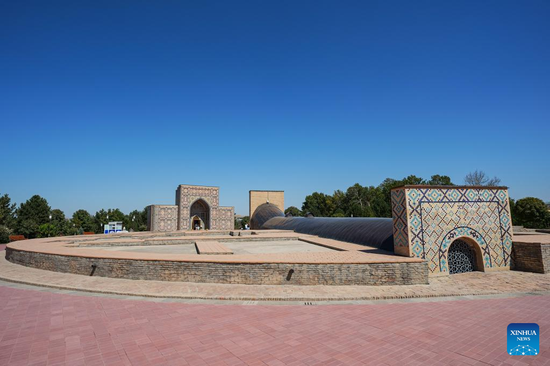
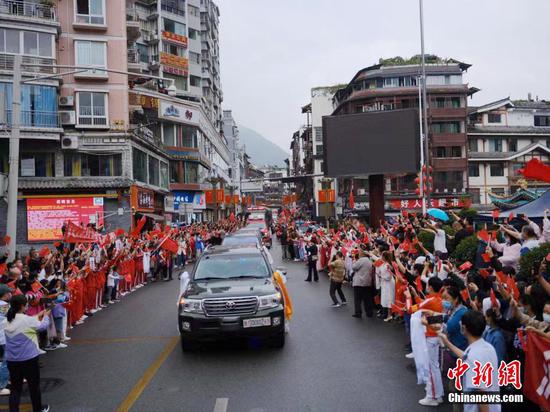
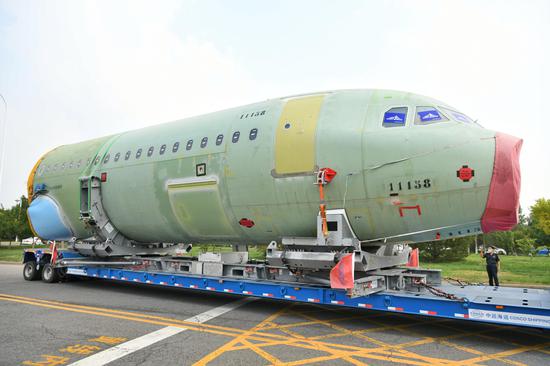
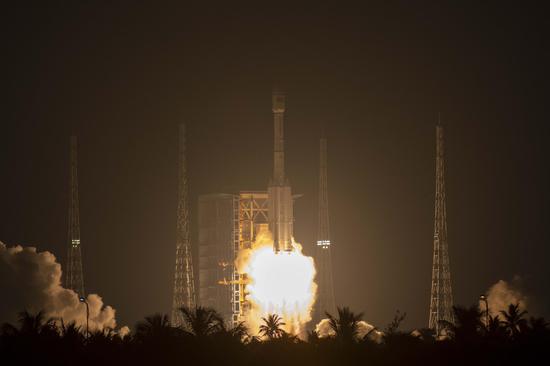
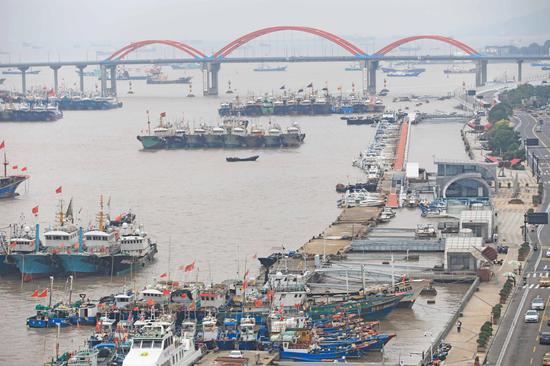

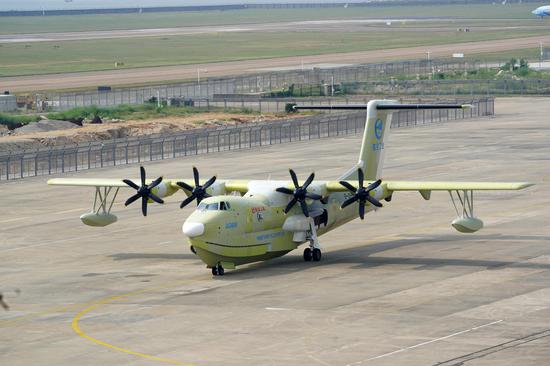
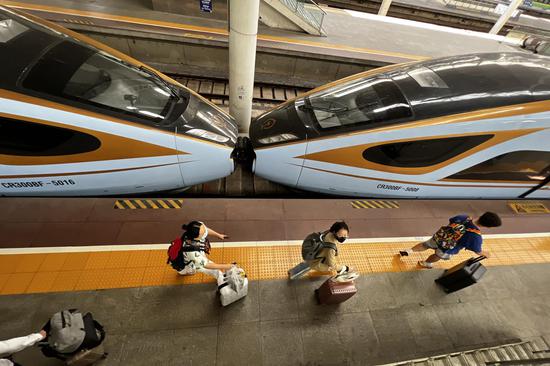
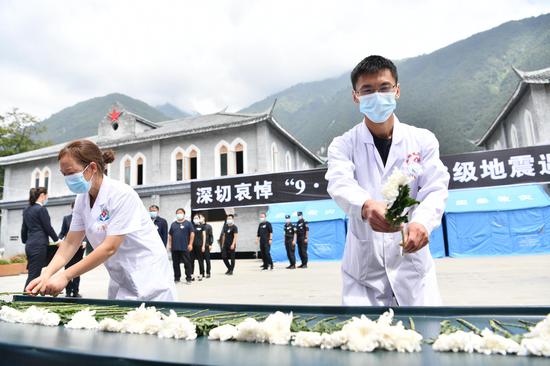
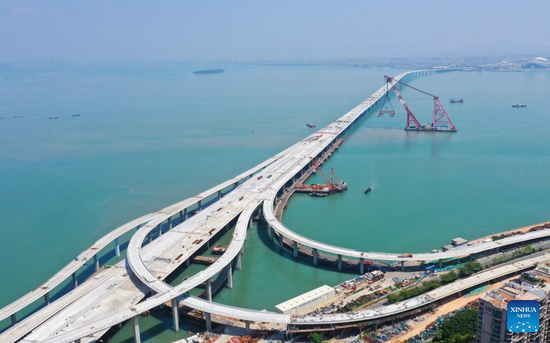
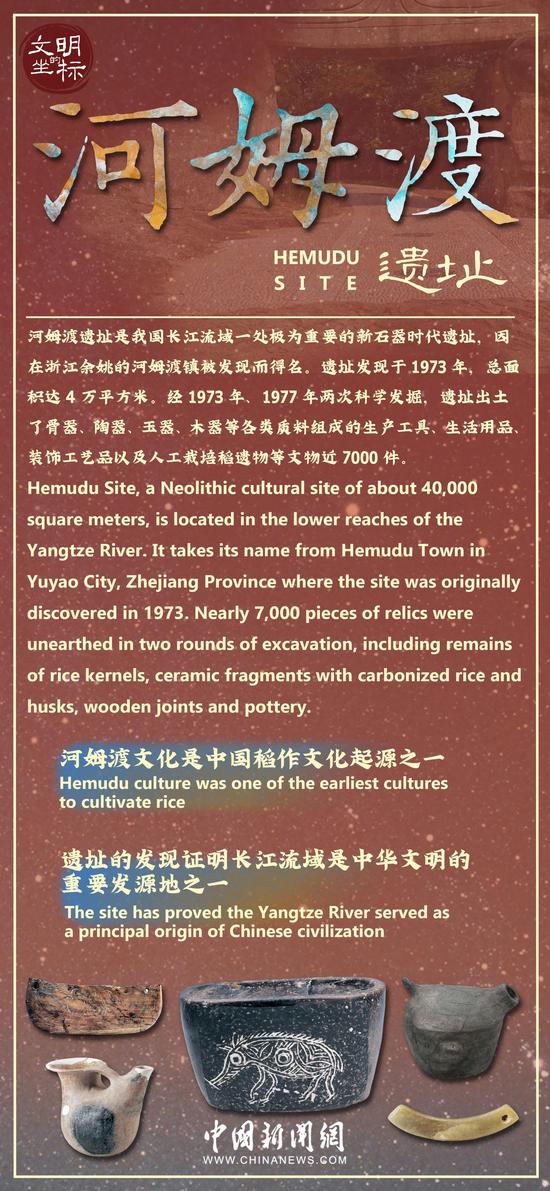
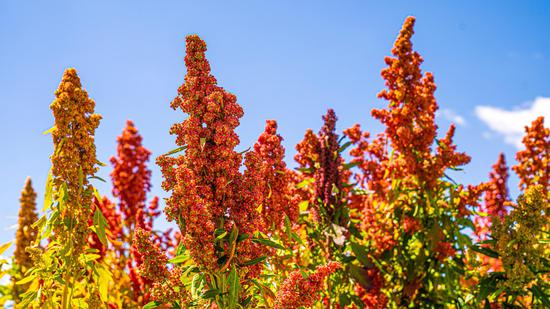
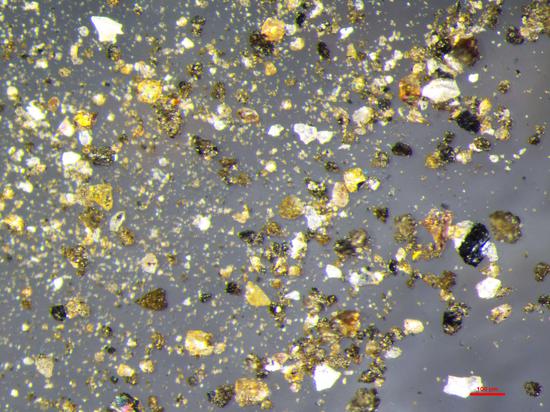

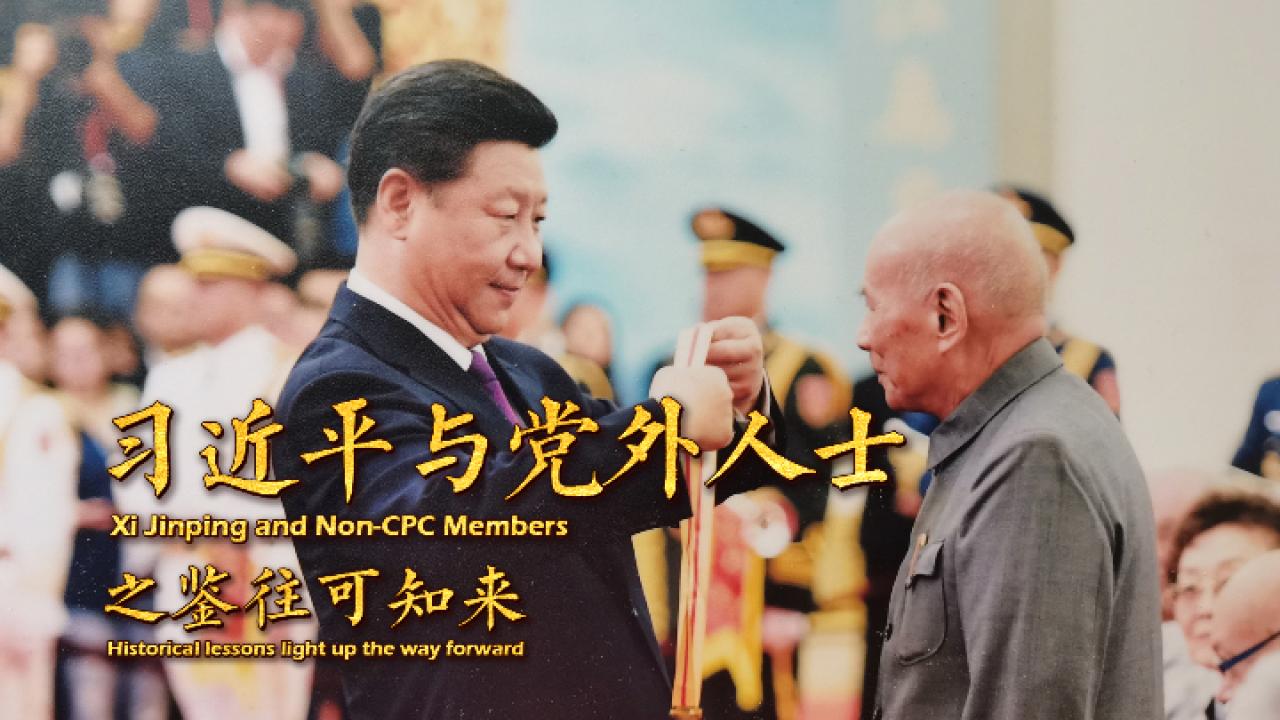

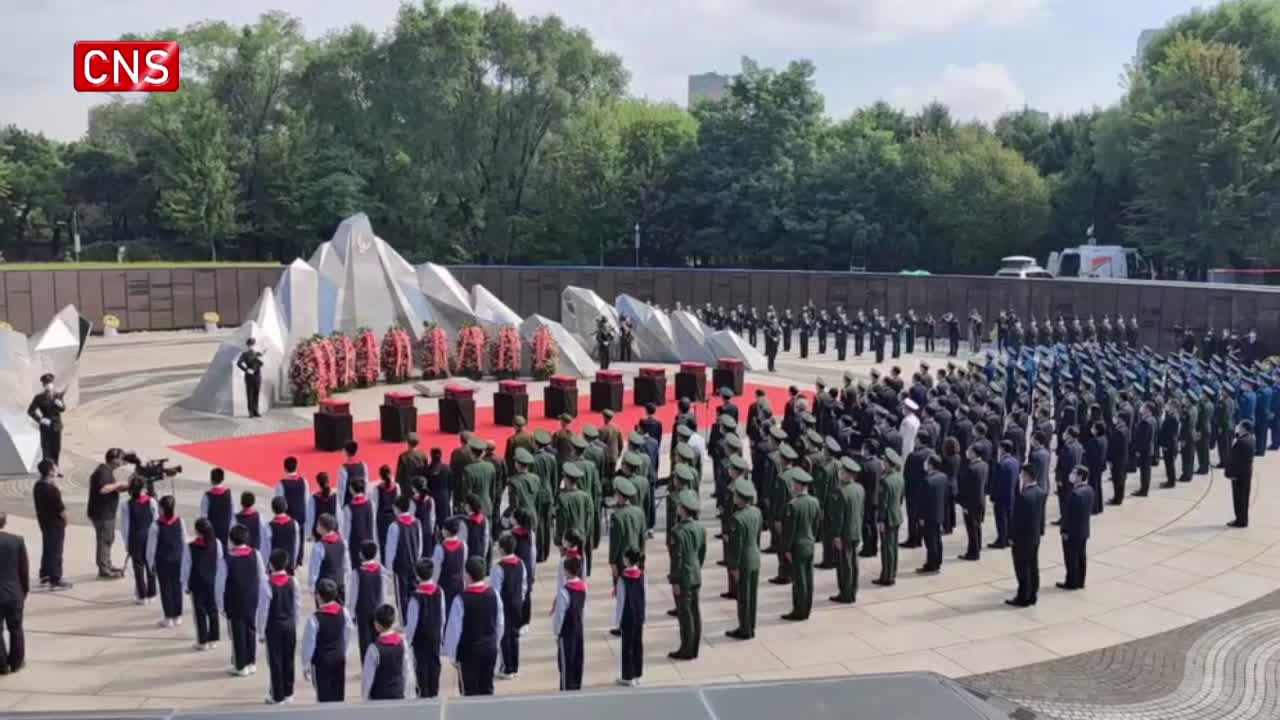

 京公网安备 11010202009201号
京公网安备 11010202009201号